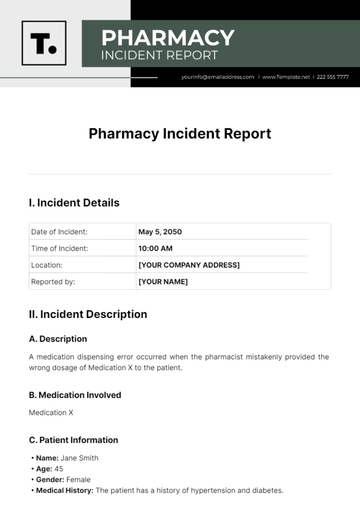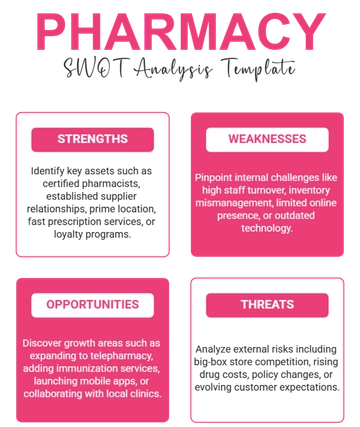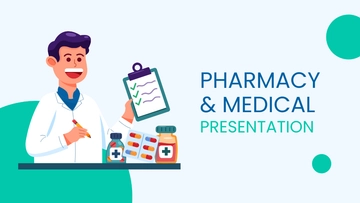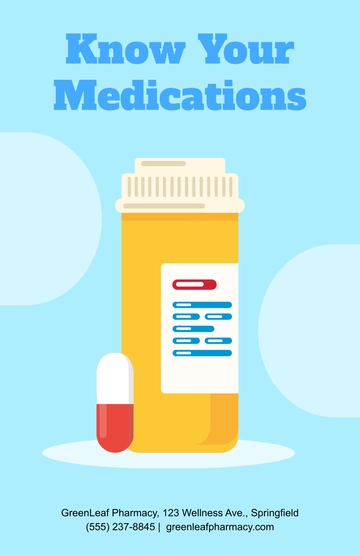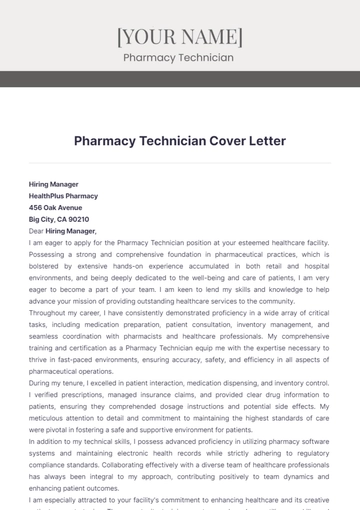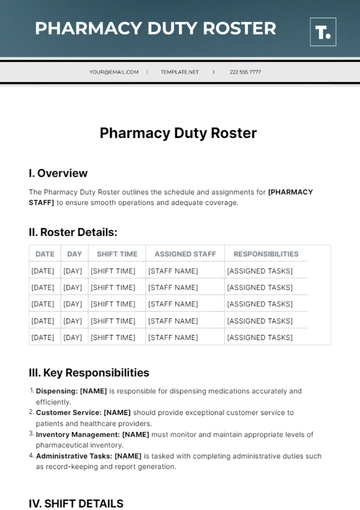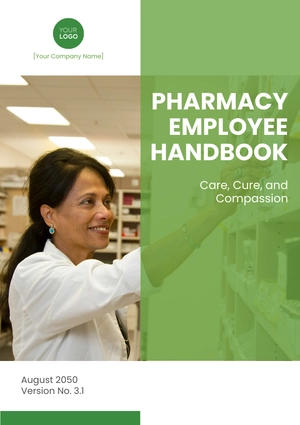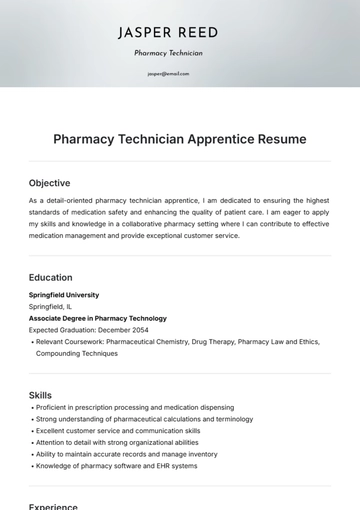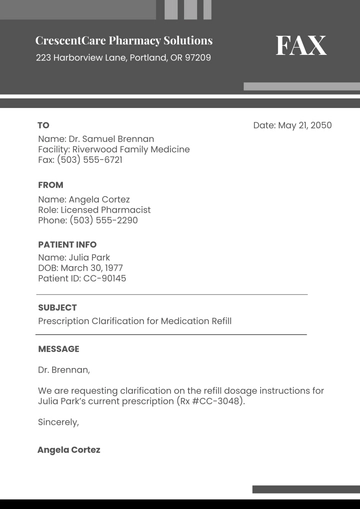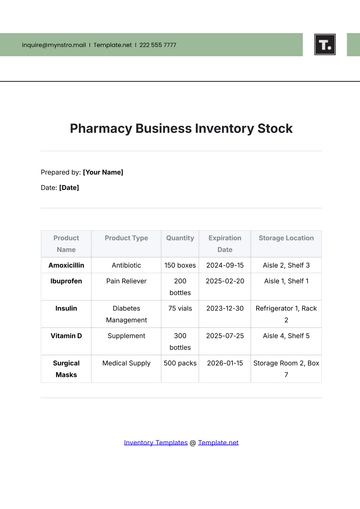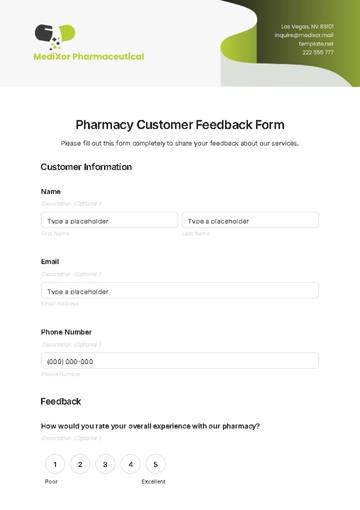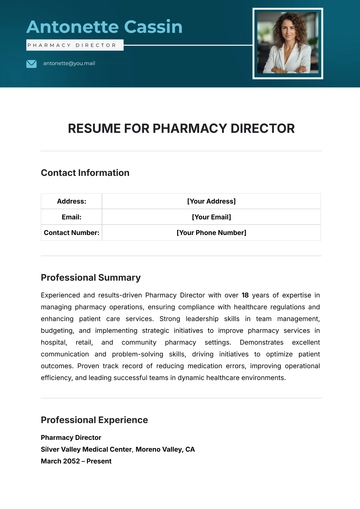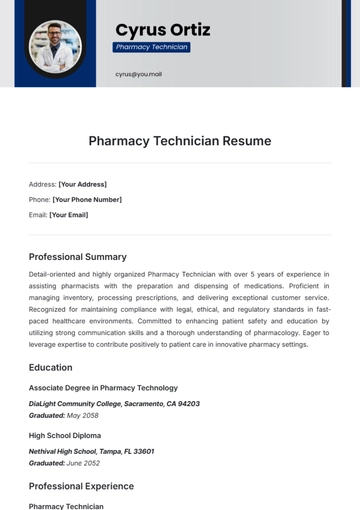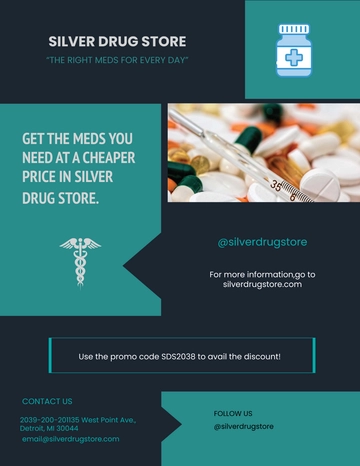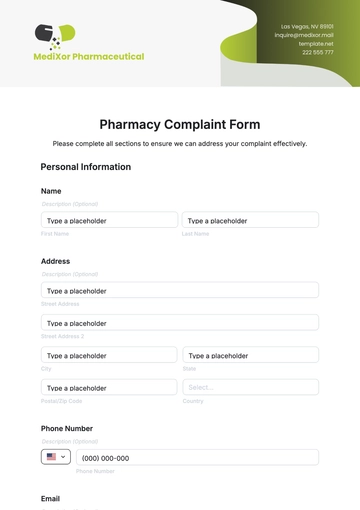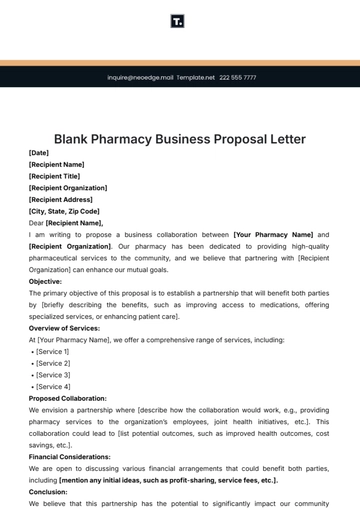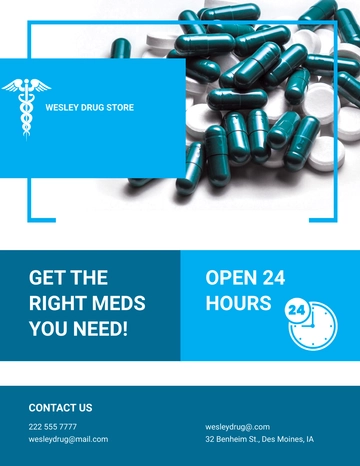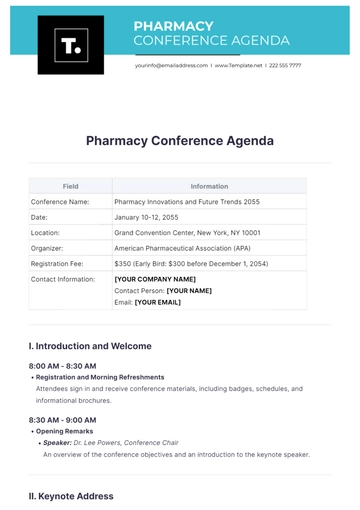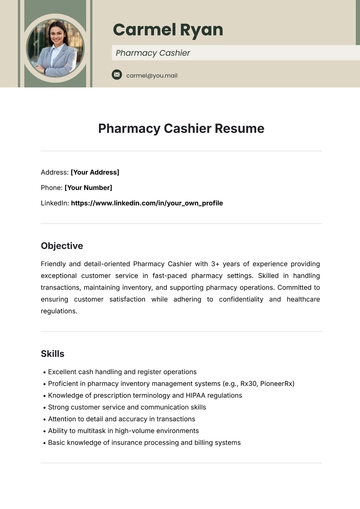Free Pharmaceutical Drug Interaction Information
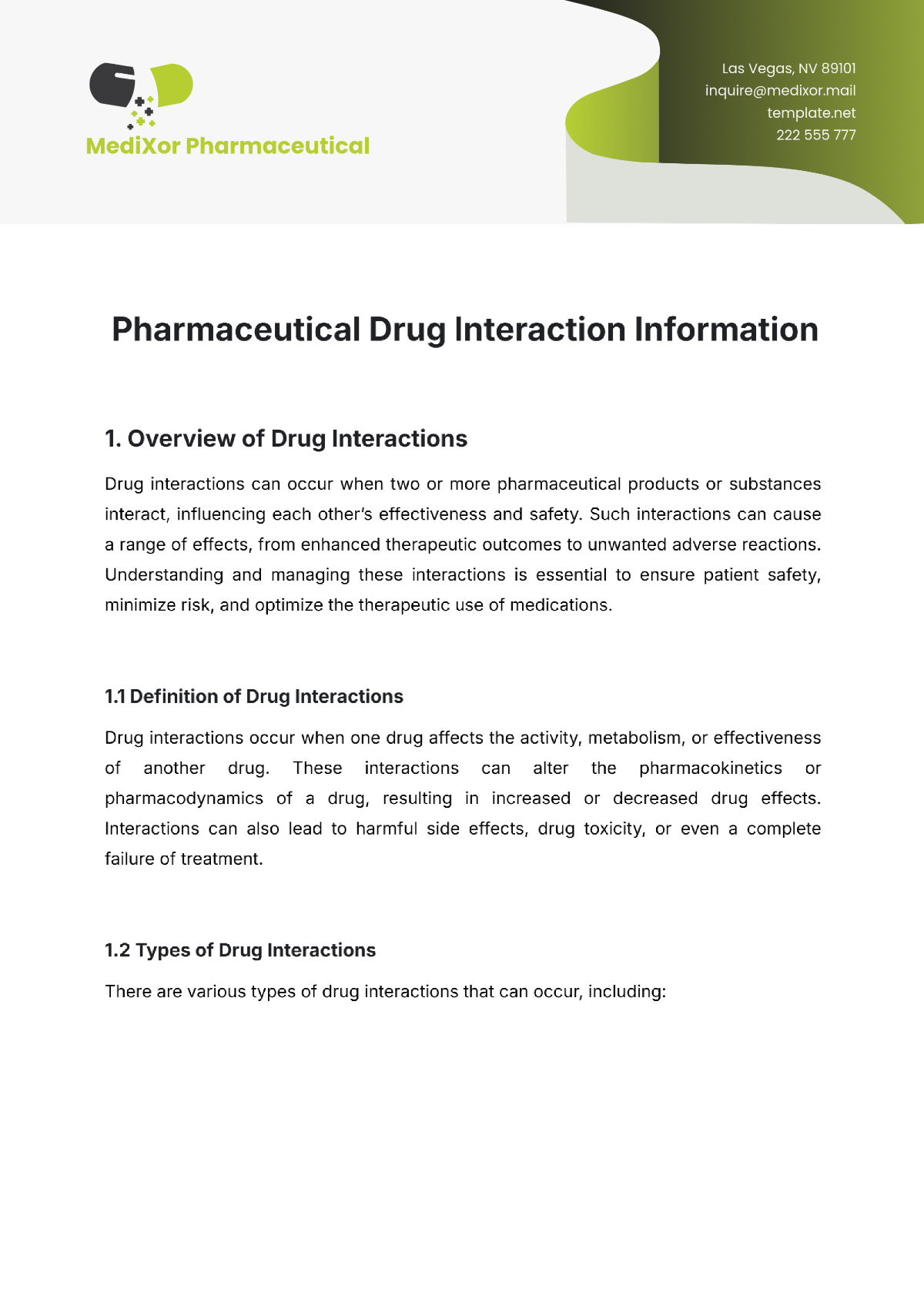
1. Overview of Drug Interactions
Drug interactions can occur when two or more pharmaceutical products or substances interact, influencing each other’s effectiveness and safety. Such interactions can cause a range of effects, from enhanced therapeutic outcomes to unwanted adverse reactions. Understanding and managing these interactions is essential to ensure patient safety, minimize risk, and optimize the therapeutic use of medications.
1.1 Definition of Drug Interactions
Drug interactions occur when one drug affects the activity, metabolism, or effectiveness of another drug. These interactions can alter the pharmacokinetics or pharmacodynamics of a drug, resulting in increased or decreased drug effects. Interactions can also lead to harmful side effects, drug toxicity, or even a complete failure of treatment.
1.2 Types of Drug Interactions
There are various types of drug interactions that can occur, including:
Pharmacokinetic Interactions
These interactions affect the absorption, distribution, metabolism, or excretion of a drug. Pharmacokinetic interactions can alter the concentration of a drug in the bloodstream, leading to either subtherapeutic levels or toxicity.Pharmacodynamic Interactions
Pharmacodynamic interactions occur when one drug influences the physiological effects of another. This can occur through additive, synergistic, or antagonistic mechanisms, impacting the overall therapeutic effect of the drugs.Pharmaceutical Interactions
Pharmaceutical interactions refer to the physical or chemical reactions between drugs that may occur before administration. These interactions can cause the drugs to become less effective or even harmful when combined in the same container.
1.3 Importance of Drug Interaction Management
Proper management of drug interactions is crucial for improving patient outcomes. Healthcare providers must carefully assess potential interactions before prescribing medications. The risks associated with drug interactions can be mitigated by:
Regularly reviewing patient medications, including over-the-counter drugs and supplements
Educating patients on potential interactions and warning signs
Adjusting dosages or therapy regimens as needed
2. Common Drug Interaction Mechanisms
Understanding how drugs interact with each other on a molecular level is important for clinicians when making decisions about treatment plans. Below is a summary of the common mechanisms of drug interactions.
2.1 Cytochrome P450 Enzyme System (CYP450)
The CYP450 enzyme system plays a crucial role in the metabolism of many drugs. Drugs that inhibit or induce these enzymes can lead to significant drug interactions.
2.1.1 Enzyme Inhibition
Some drugs can inhibit the action of CYP450 enzymes, slowing the metabolism of other drugs. This can lead to higher drug concentrations in the blood and increase the risk of adverse effects or toxicity.
2.1.2 Enzyme Induction
Conversely, some drugs induce the activity of CYP450 enzymes, accelerating the metabolism of other drugs. This can reduce the effectiveness of the drug by lowering its blood concentration, potentially leading to therapeutic failure.
2.2 Altered Absorption
Certain drugs can alter the gastrointestinal environment, affecting the absorption of other drugs. For example, antacids or proton pump inhibitors may alter the pH of the stomach, which can affect the solubility of other drugs and reduce their absorption.
2.3 Displacement from Protein Binding Sites
Many drugs are bound to plasma proteins, and the binding affinity can determine their free concentration in the bloodstream. When two drugs compete for the same binding sites on plasma proteins, one drug may displace the other, leading to an increased free drug concentration and a heightened risk of toxicity.
3. Potentially Harmful Drug Interactions
While most drug interactions are manageable, some can have serious or even life-threatening consequences. Below are examples of harmful drug interactions and their potential effects.
3.1 Anticoagulants and Antiplatelet Drugs
Using anticoagulants, such as warfarin, in combination with antiplatelet drugs (e.g., aspirin) increases the risk of bleeding due to the combined effect on blood clotting. Regular monitoring of blood coagulation parameters is essential when these drugs are co-prescribed.
3.2 Monoamine Oxidase Inhibitors (MAOIs) and Tyramine-Rich Foods
MAOIs, which are used in the treatment of depression, interact with foods containing high levels of tyramine (e.g., aged cheeses, cured meats), potentially leading to dangerous spikes in blood pressure. This can result in a hypertensive crisis, which requires immediate medical attention.
3.3 Drug Interactions Leading to Serotonin Syndrome
Certain medications, such as selective serotonin reuptake inhibitors (SSRIs), can interact with other serotonergic drugs (e.g., monoamine oxidase inhibitors or MAOIs), leading to an accumulation of serotonin in the brain and causing serotonin syndrome. Symptoms include agitation, hallucinations, and rapid heart rate, which can be fatal if not promptly treated.
4. Drug Interaction Classification
Drug interactions can be classified based on their severity and clinical significance. The classification helps healthcare providers prioritize which interactions require immediate attention.
4.1 Severity Levels
The following classification is commonly used to assess the severity of drug interactions:
Interaction Type | Description | Clinical Action |
|---|---|---|
Major | Can lead to serious or life-threatening consequences, including death or permanent disability. | Avoid combination, or use with close monitoring. |
Moderate | May cause temporary or reversible harm. Requires careful monitoring or dose adjustment. | Use combination with caution. |
Minor | Likely to cause minimal effects or no significant clinical consequences. | Use combination with minimal concern. |
4.2 Clinical Actions Based on Interaction Severity
Major Interactions
Drugs involved in major interactions should not be co-administered unless absolutely necessary. Alternatives should be explored, and if co-administration is unavoidable, close monitoring of the patient is required.Moderate Interactions
For moderate interactions, dose adjustments or a change in the administration schedule may help reduce the risk of adverse effects. Monitoring the patient for side effects is critical.Minor Interactions
Minor interactions generally do not pose a significant risk, but healthcare providers should still be aware of them. In most cases, the benefits of co-administration will outweigh the risks, but patients should be informed of any possible mild side effects.
5. Monitoring and Managing Drug Interactions
Continuous monitoring is crucial for patients who are prescribed multiple medications to identify potential drug interactions. Below are strategies to minimize risks:
5.1 Regular Review of Medication Regimen
Healthcare providers should regularly review patients' complete medication lists, including prescription drugs, over-the-counter drugs, supplements, and herbal products. This helps identify any possible interactions and enables the adjustment of medications accordingly.
5.2 Use of Drug Interaction Checkers
Various online and digital tools, such as drug interaction checkers, can help identify potential interactions between prescribed medications. These tools provide valuable insights and alert clinicians to avoid harmful drug combinations.
5.3 Educating Patients
Patients should be educated about the potential interactions of their prescribed drugs, including dietary considerations, timing of doses, and potential side effects. Patients should also be encouraged to report any unusual symptoms to their healthcare provider.
6. Conclusion
Drug interactions represent a significant concern in pharmaceutical care, and healthcare providers must be proactive in managing and preventing adverse effects. Proper identification and classification of drug interactions, along with vigilant monitoring, can help ensure patient safety and the effectiveness of drug therapy.
By adopting a comprehensive approach to drug interaction management, [Your Company Name] can continue to improve patient outcomes, reduce harm, and optimize therapeutic efficacy.
- 100% Customizable, free editor
- Access 1 Million+ Templates, photo’s & graphics
- Download or share as a template
- Click and replace photos, graphics, text, backgrounds
- Resize, crop, AI write & more
- Access advanced editor
Present crucial drug interaction details with the Pharmaceutical Drug Interaction Information Template from Template.net. This editable and customizable template is perfect for informing healthcare providers and patients. Update it effortlessly using the AI Editor Tool for accuracy and clarity.


